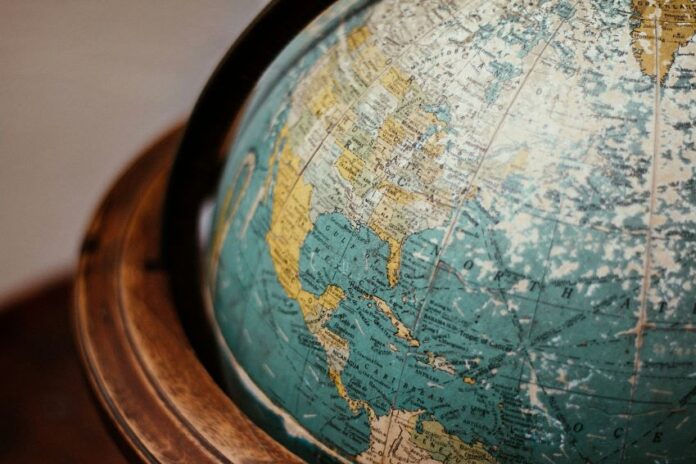Want to get to know Mexico’s history? One great way to do that is through the names of its states. In the second half of this two-part series, we’re doing just that.
The Mid-Pacific
Nayarit
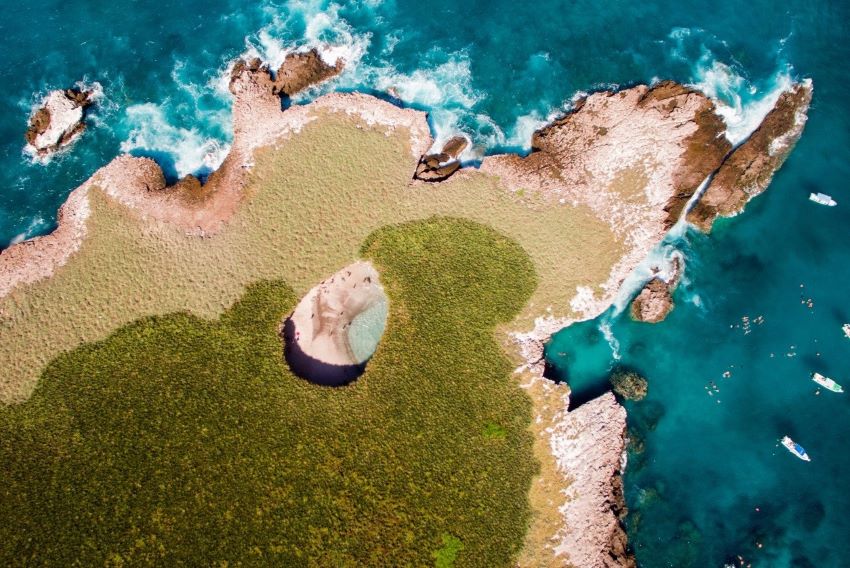
The area that is now Nayarit is the traditional home of the Indigenous Cora people. In the late 15th century, a Cora leader named Na’ayarij united different Cora tribes and founded the kingdom of Xécora, which spanned parts of present-day Nayarit, Durango and Zacatecas. Na’ayarij was king of Xécora when the Spanish arrived in Western Mexico and led his people, allied with neighboring Wixárikas (Huichols), to successfully resist the infamous conquistador Nuño Beltrán de Guzmán. Na’ayarij’s political and military skill kept his people free for generations after his death: the Cora heartland only fell to Spanish control in 1722. Both the name of the state and the word Nayeeri, the Cora’s name for themselves, come from the name of this king.
Colima
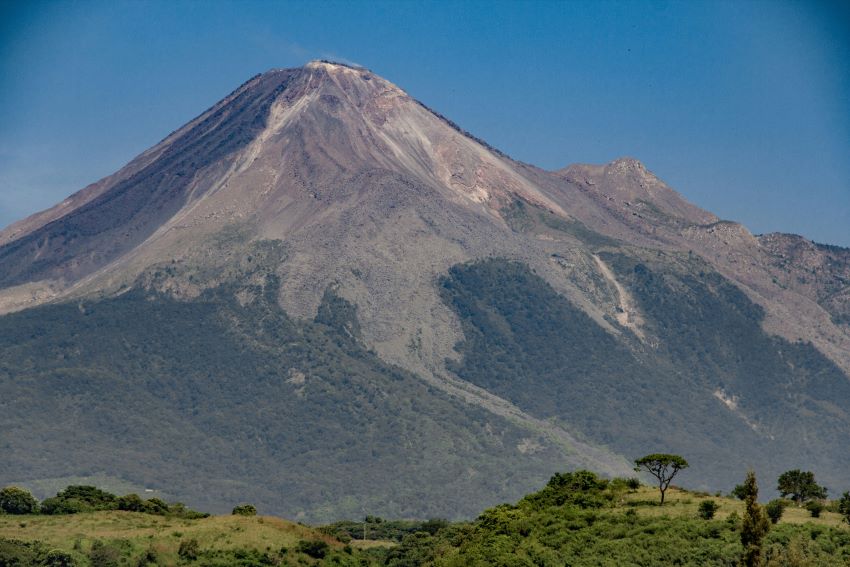
What Colima’s name means is up for debate, and that’s largely because the Nahuatl word “kol” can mean both “something twisted” and “grandfather.” If we take the first meaning, the state’s name likely means “where the water bends.” This is borne out by the fact that the ancient glyph for the Kingdom of Colliman, Colima’s namesake, is an arm bent at the elbow emerging from water, a visual metaphor for this name. The other leads to interpretations like “place conquered by our grandfathers” and “place of the grandfather,” the latter of which may actually refer to the Volcán de Colima, the volcano that dominates much of the state’s landscape.
Central Mexico
State of México and Mexico City
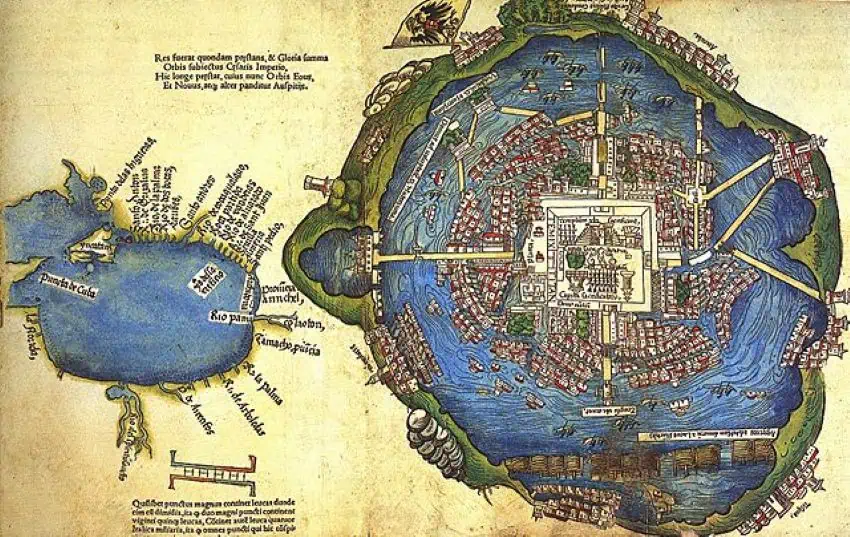
Most people will tell you that the name Mexico is a combination of the Nahuatl words “metztli” and “xictli”: “moon” and “navel,” respectively. The word therefore means “in the navel of the moon,” a poetic way of referencing the city of Mexico-Tenochtitlán’s location in the center of Lake Texcoco. Another common explanation is that Mexico means “the place of Mextli,” Mextli being another name for Huitzilopochtli, patron god of the Mexicas.
Mexico City was established as the Distrito Federal (Federal District) of the nation in 1824, giving rise to the abbreviation DF and the many variations of “El De Efe” we still hear today. The second half of the 20th century saw the city take steps towards autonomy, getting its own legislature in 1987 and beginning to elect its own mayors in 1996. In 2016, its name was changed to Ciudad de México once again, and it became a federal entity at long last in 2018— the only one of the 32 federal entities that isn’t a state.
The state of México’s name is easier to figure out. In the colonial period, Mexico City was part of the province of Mexico. When the capital was separated as the Federal District in 1824, the old province became a state and kept its name.
Querétaro
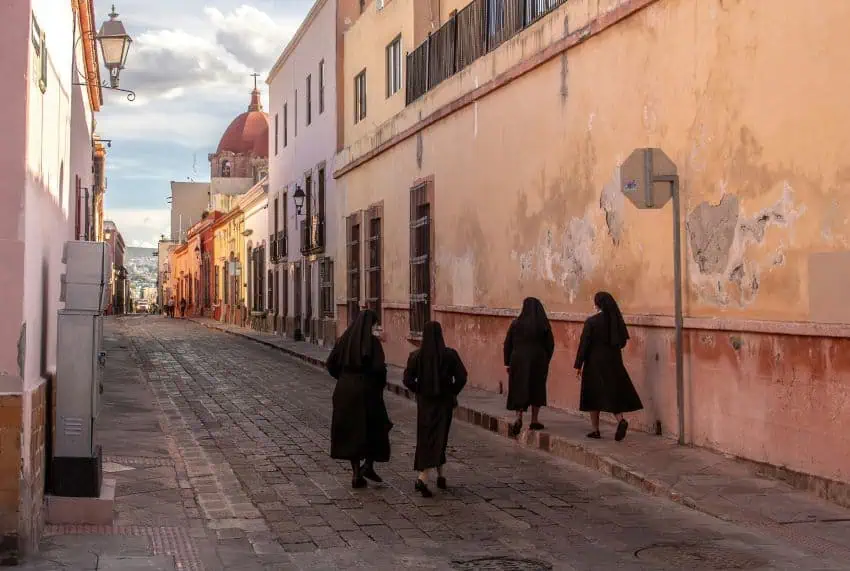
Querétaro’s name was originally given to Santiago de Querétaro, the state’s capital, and is likely derived from Purepecha, but experts disagree on what Purepecha word was picked up by the Spanish. If you think it was “k’erhiretarhu,” then the name means “great city-state.” If you think it was “k’erendarhu,” then it’s “place of great rocks” or “the crag,” which could refer to an area just outside the modern city. Interestingly, the latter meaning may have been a synonym for the canyon-shaped courts the Mesoamerican ballgame was played on, an interpretation backed up by the fact that the state’s names in Otomi and Nahuatl — Ndamaxei and Tlachco, respectively — both mean ball court as well.
Hidalgo
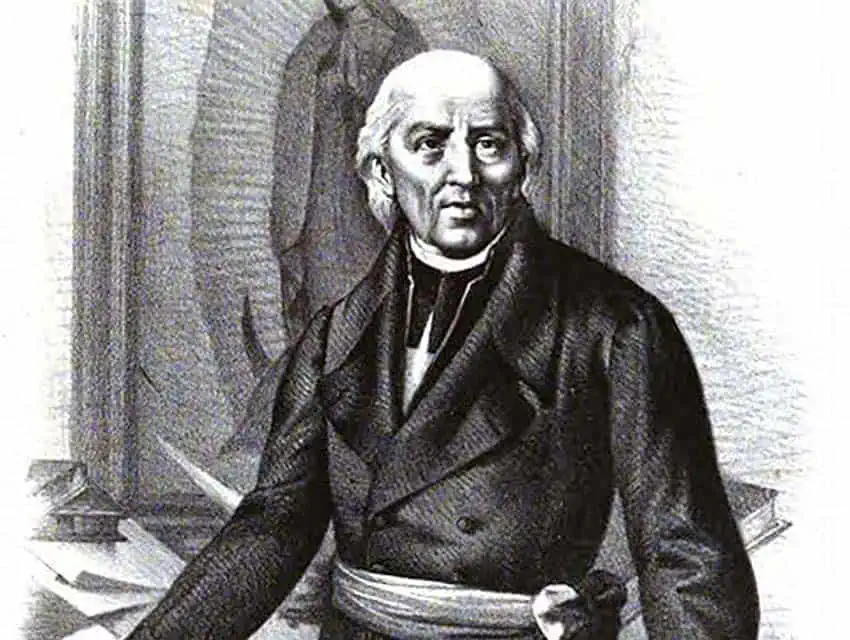
If an ATM ever gave you one of those unwieldy 1000-peso bills, you’ve seen his face, and if you’ve ever been in Mexico on the evening of September 15, you’ve seen a mayor or governor or the president reenact the speech he gave on the same day in 1810. Mexico City’s northern neighbor is named for Miguel Gregorio Antonio Ignacio Hidalgo y Costilla Gallaga Mandarte y Villaseñor, better known simply as Miguel Hidalgo, the priest whose call to rebellion kicked off the War of Independence.
Morelos
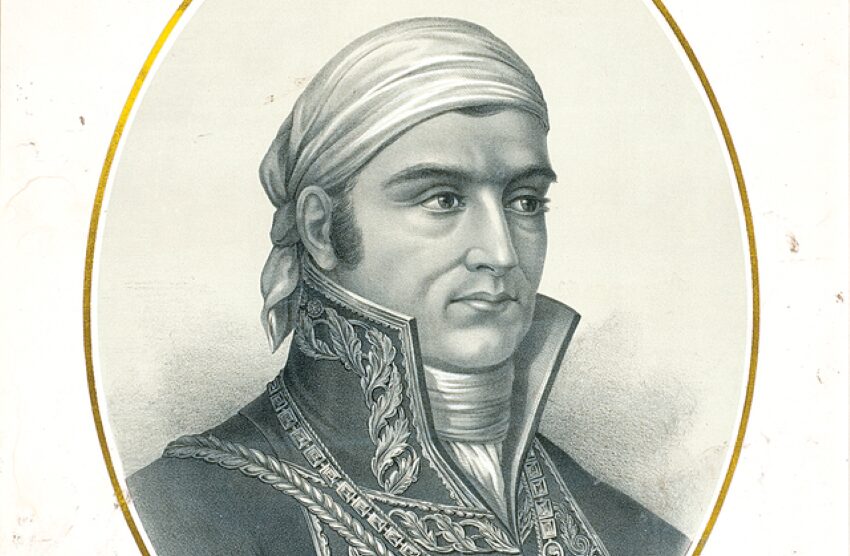
To paraphrase a beloved cartoon villain: If you had a nickel for every Catholic priest who fathered illegitimate children and led the first phase of Mexico’s independence movement, you’d have two nickels, but it’s funny that it happened twice, right? José María Morelos was the second of these rebel priests, and Mexico’s independence was actually declared under his leadership, shortly before his martyrdom at the hands of the colonial authorities.
The East
Veracruz
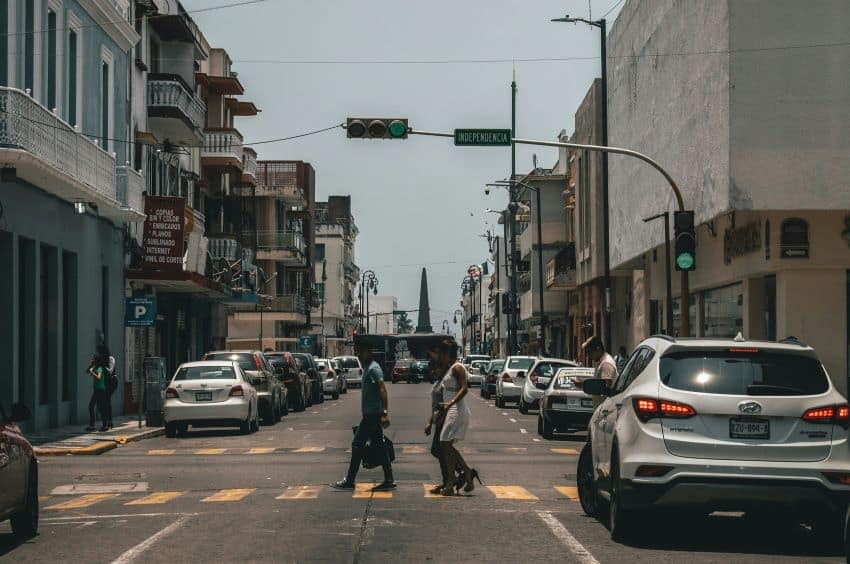
According to the laws of Spain, Hernán Cortés was a criminal: the expedition that Cortés led from Cuba to Mexico in 1519 had its charter revoked by Cuban governor Diego Velázquez just before leaving, but Cortés set sail anyway, thus committing mutiny. As a trained lawyer, however, the captain had an ace up his sleeve. On Easter Sunday, 1519, he founded the town of Villa Rica de la Vera Cruz — the Rich Town of the True Cross — and in doing so put himself directly under the authority of King Charles, legalizing his mutiny.
That town eventually became the city we know as Veracruz and gave the future state its name. The state’s full name, Veracruz de Ignacio de la Llave, honors the Liberal politician who served as its governor from 1861 to 1862. A military leader in several wars, the Orizaba native died resisting the French invasion during the Siege of Puebla in 1863.
Tlaxcala
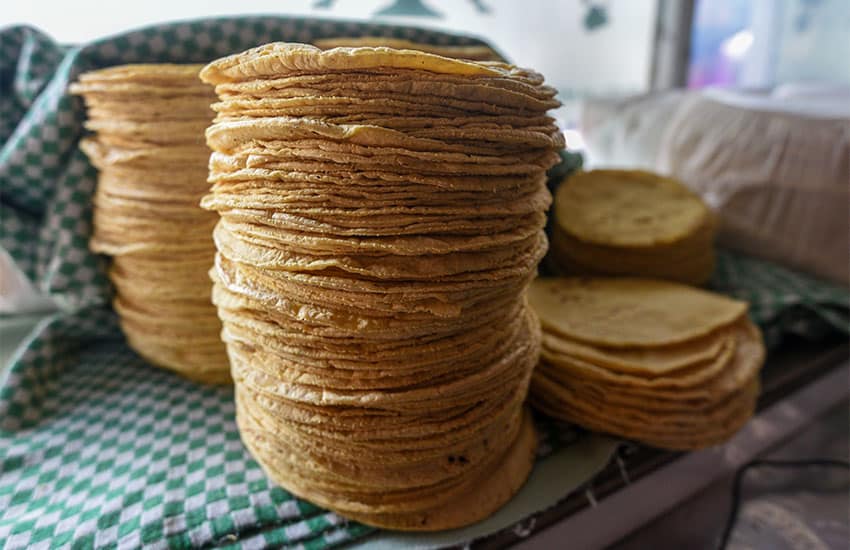
Many locations in central Mexico have ancient glyphs that represent their names, and Tlaxcala has one of the most curious: a pair of hands coming out of two mountains and clasping a tortilla. That has to do with the fact that its name literally means “place of bread” in Nahuatl, the tortilla being the ancient bread of Mexico. The food is still essential to the state’s identity: whereas the average Mexican is reported to eat 75 kilos of tortillas every year, the average Tlaxcalan eats almost 200.
Puebla
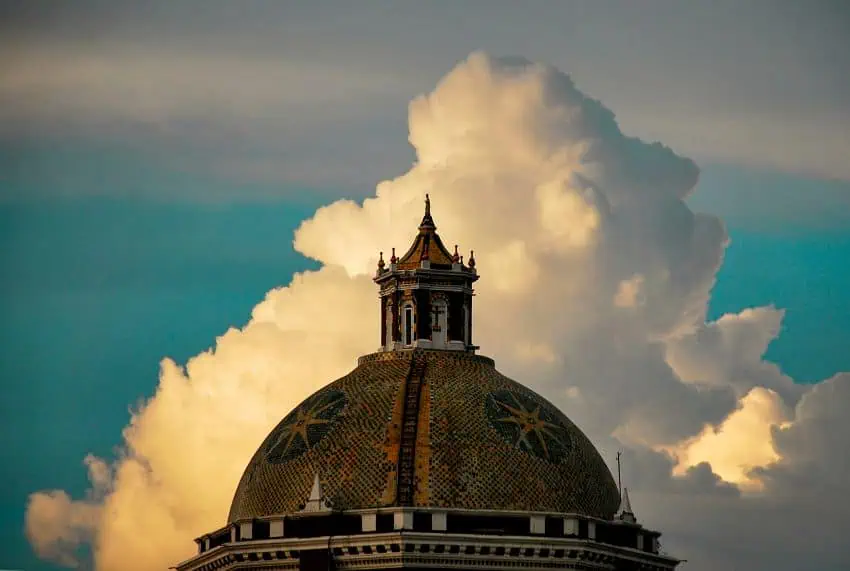
There’s a reason it sounds like the word for town, and that’s because “puebla” is an Old Spanish term for a settlement. According to legend, modern-day Puebla city was founded in an area of the Cuetlaxcoapan Valley that Julián Garcés, Dominican friar and first bishop of Tlaxcala, was shown by angels in a dream. Established in 1531, the new town was given the provisional name of Puebla de los Ángles — Settlement of the Angels — while it waited for a royal upgrade to city status that would make it the Ciudad de los Ángeles. It finally got that title in 1558, but it was too late: the name Puebla had stuck.
The Southwest
Guerrero
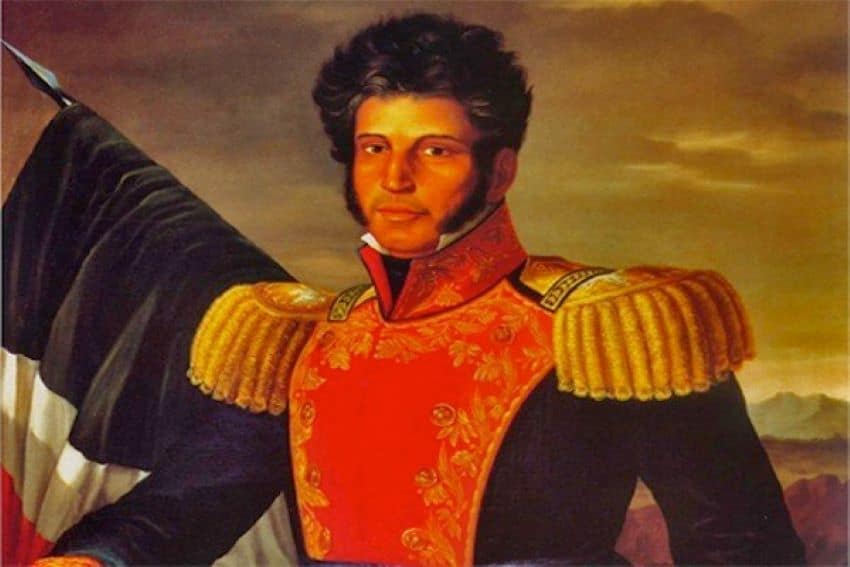
One of three states named for heroes of Mexico’s independence movement, Guerrero’s name honors the Tixtla-born Vicente Guerrero, one of the few major leaders to survive from the outbreak of the War of Independence in 1810 through to the establishment of the First Republic in 1824. A Liberal, he became president in 1829 as the first Afro-descendant president of any country in the Americas.
Oaxaca
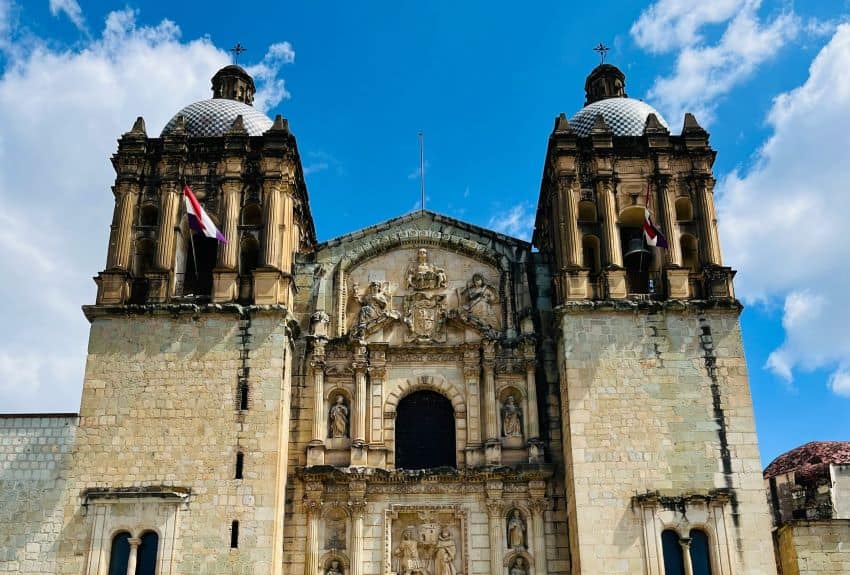
Oaxaca’s largest Indigenous ethnicities all speak languages belonging to the Oto-Manguean language family. So why is the state’s name a Nahuatl word? The Mexica, of course. In the mid-15th century, Mexica (Aztec) armies crossed into what is now Oaxaca, taking on the Zapotecs and Mixtecs for control of valuable trade routes. In the 1480s, they established a fort on the hill they called Huaxyacac, “the tip of the guaje tree,” overlooking what was then the Zapotec city of Zaachila, now Oaxaca city. The Spanish wrote the word down as Guajaca and eventually Oaxaca. That hill, now called El Fortin in memory of the Mexica fort, is a focal point and symbol of Oaxaca city, and if you’ve ever been to the Auditorio Guelaguetza, you’ve climbed it yourself.
Chiapas
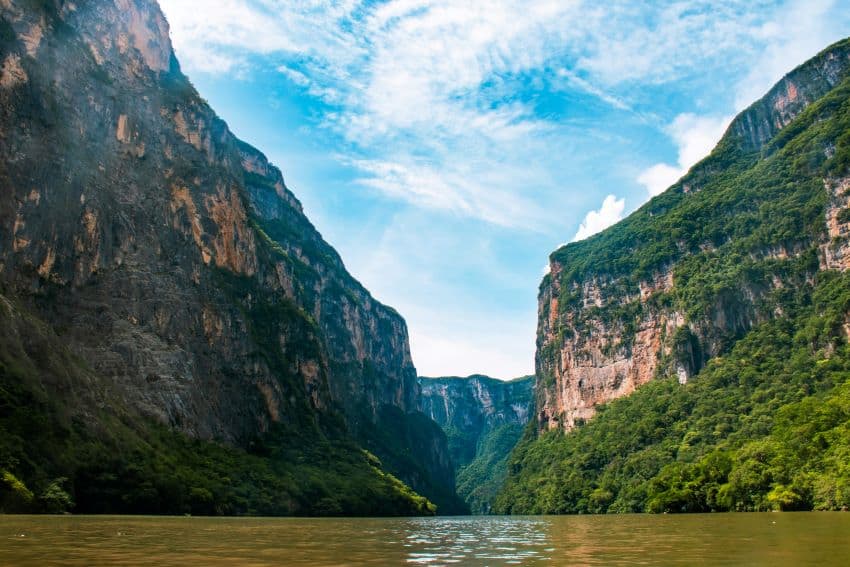
The Mexica armies that invaded Oaxaca in 1486 also made it down to the Soconusco region, on the coast of present-day Chiapas. One of the region’s major cities was Nandiumé, near modern Chiapa de Corzo, which belonged to the Socton people. For its location next to the Sumidero Canyon and the Grijalva River which runs through it, the Mexicas gave the city the Nahuatl name of Tepetchiapan — which may mean “water beneath the hill” or “river of the sacred chia” — and called its inhabitants the Chiapanecos. When the Spanish invaded the region, they called the city Chiapa. So why is the state’s name plural?
The original Chiapa was left behind by the Spanish to be inhabited by their Indigenous allies and some surviving Chiapanecos. The Spanish themselves went east and founded a new settlement in the Jovel Valley but re-used the name Chiapa: this was the town we know today as San Cristóbal de las Casas. The two cities became known as Chiapa de los Indios and Chiapa de los Españoles — Chiapa of the Indians and Chiapa of the Spaniards — and for generations the region was called the Province of the Chiapas. Upon independence and statehood, it dropped the article.
The Southeast
Tabasco
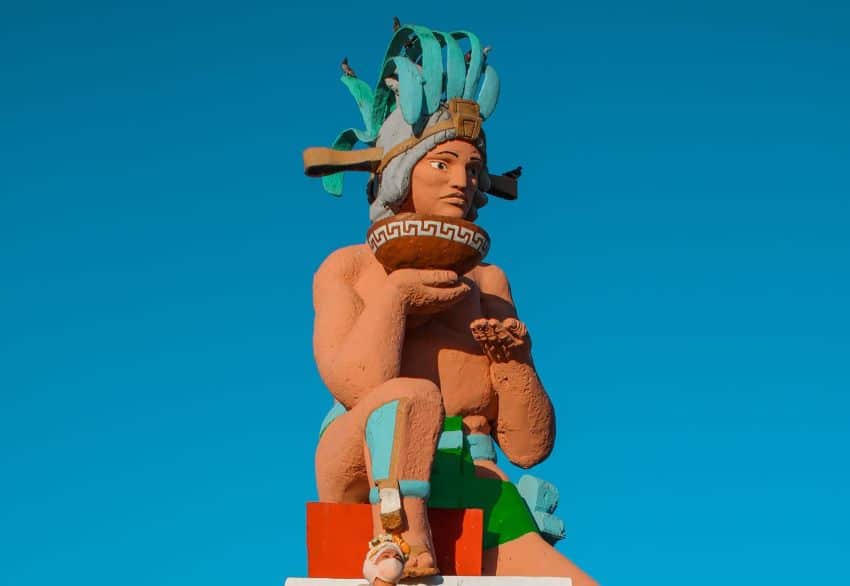
When Cortés made landfall in Mexico in 1519, he was fought on arrival by the Chontal Maya of Pontonchán, who were led by a ruler history remembers as Tabscoob. Whether this was his given name or a title is uncertain, but the phrase “tab-uaxac-coh” is translated as “Our Lord of the Eight Lions,” understood as a metaphor for Potonchán’s eight provinces.
Campeche
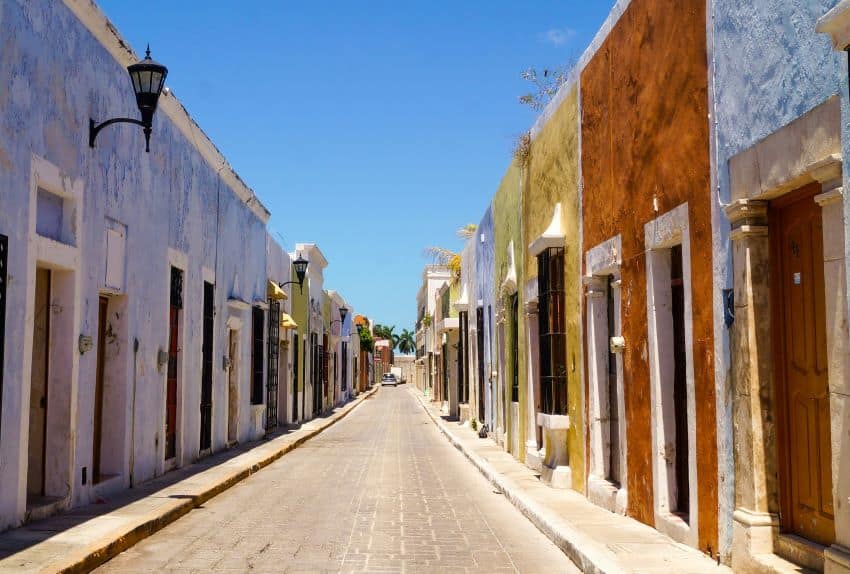
In Mexican Spanish, the verb “campechanear” means to mix several things together. That’s appropriate, as Campeche’s name has several intermixed explanations. It doubtlessly comes from the name of one of the Yucatán Peninsula’s chiefdoms at the time of the Spanish invasion, which gave its name to the city of Campeche.
What that chiefdom’s name actually was and what it meant is unclear, although we know that “kaan” means snake in Yucatec Mayan, while “pech” means tick. One straightforward explanation is that the phrase means “place of ticks and snakes,” but another says that it means “where the snake is worshiped.” Pech, however, is also a common Maya surname, and “Ah-Kin” — “He of the Sun” — was a priestly rank among the ancient Maya; if the original place name is rendered as Ah-Kin-Pech, then Campeche may mean “place of Pech, He of the Sun.”
Yucatán
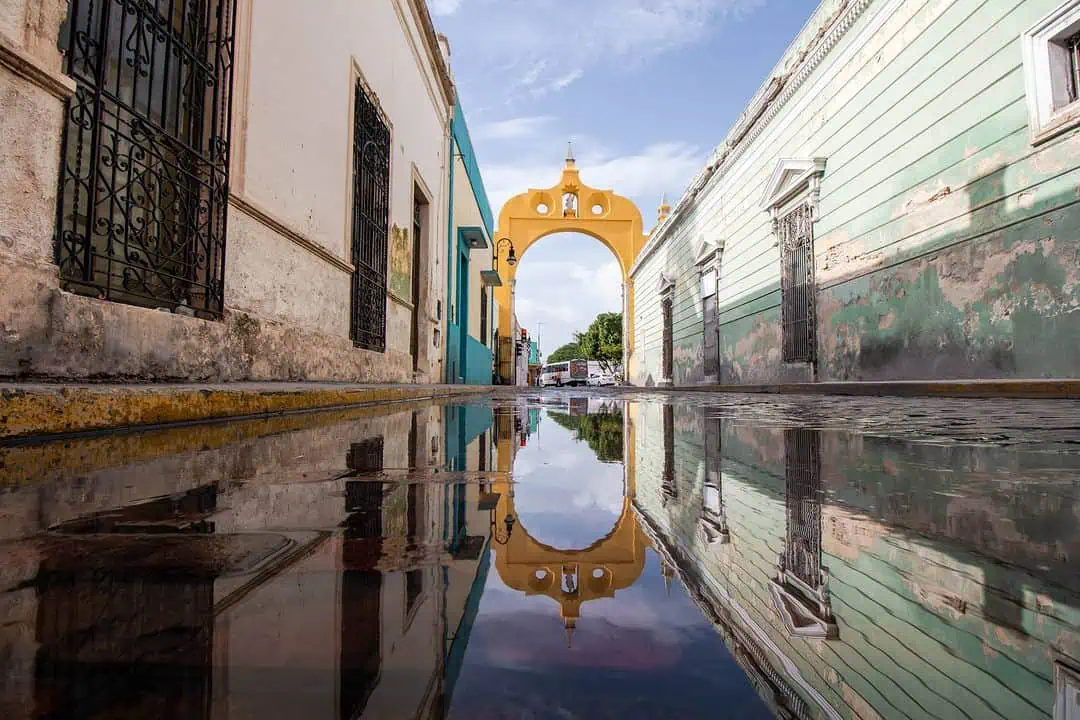
A common version of the story of how the Yucatán Peninsula got its name claims that the word means “I don’t understand” or “I’m not from here,” which is cited as the response of local Maya people upon hearing Spaniards ask what the name of their land was. Given how similar this story is to other tales of contact between Europeans and Indigenous people around the world, however — a folk etymology from Australia gives the same explanation for the meaning of the word “kangaroo” — it seems doubtful. More likely, the word comes from Yokot’an, the Chontal Maya people’s name for their own language.
Quintana Roo
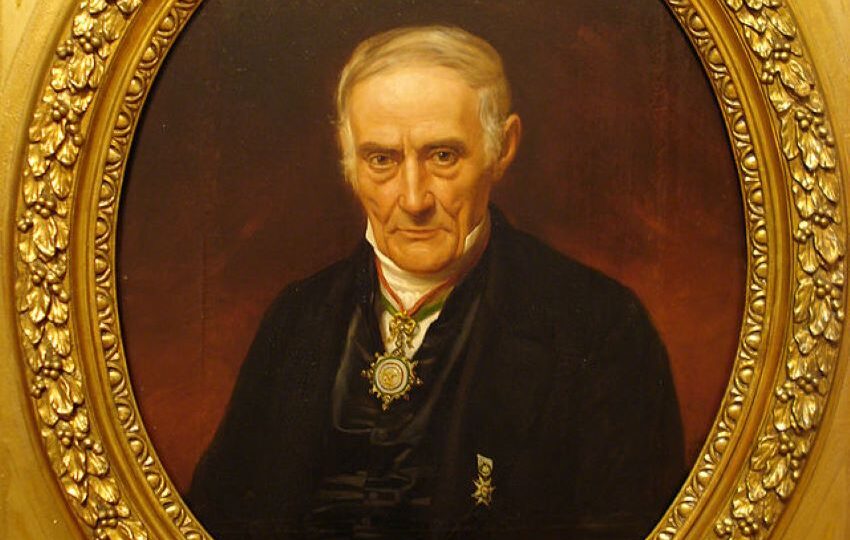
Nowadays, the namesake of Mexico’s easternmost state may be best known for being husband to his wife, the independence hero Leona Vicario. But in his own time, Andrés Quintana Roo was famous as a poet, drafter of Mexico’s declaration of independence and holder of several high offices in the national government. Born in Mérida, Yucatán, Quintana Roo lived to see his home state — which at the time encompassed the entire Yucatán Peninsula — declare independence from Mexico in 1840 and was sent to negotiate its return to the republic. If you’re in Mexico City, Quintana Roo is closer than you may think: his remains, as well as Vicario’s, are interred in the Angel of Independence on Paseo de la Reforma.
Curious about the names of Mexico’s other 15 states? Check out the first part of this series below.
